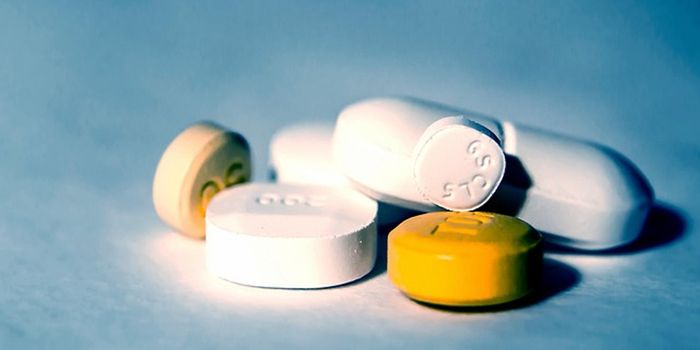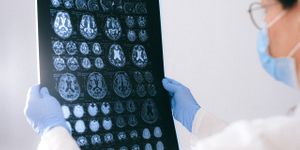Does Physical Activity Help Reduce the Risk of Aneurysms?
An active lifestyle is a proven way to prevent many types of cardiovascular diseases. The increased blood flow can prevent high blood pressure, which is the root of many cardiovascular problems. Some cardiovascular diseases aren’t as straight forward, unfortunately.
Aneurysms are scary and sudden events that lack clear signs and symptoms. They commonly occur in the aorta, a large blood vessel that brings blood from the heart to the stomach area and can be described as an enlargement of the vessel due to constant strain. While the survival rate of aneurysms has improved, it is still a dangerous incidence.
Physical fitness is well documented to prevent cardiovascular disease. However, the jury is still out when it comes to its effect on aneurysms. There are data suggesting the physical activity may reduce the risk of an aneurysm, yet at the same time, other studies show no significant changes after physical activity.
In a new study, a team from the Imperial College of London partnered with other universities to try and hash out if physical activity does actually affect the risk of an aneurysm. The team’s strategy was to accumulate data from other studies on the subject and analyze them all together to identify any relationship between the two.
This would give the team a large data pool to work with, which, considering aneurysms are a rare occurrence, would give them a statistical edge.
The study gathered data from nine previous studies out of the thousands available. These nine had data on physical activity and were spread out across Europe and the United States. Analyzing the data, the team found a mild correlation between physical activity and reduced risk of aneurysm, but it was only really significant in the high activity level group. There was also a stronger correlation between physical activity and reduced risk in the European studies than in the studies from the United States.
This study identified a weak correlation between physical activity and the reduced risk of aneurysms. This was only significant in the higher activity level groups, however. This weak relationship might explain the inconclusive results from other studies, as they might not have been able to pick up on them. The team suggests any future studies should have more control over the risk factors of aneurysms and include a more diverse population of patients.
The study concludes, “Further assessment of the dose–response relationship between different types and intensities of physical activity and risk of abdominal aortic aneurysm and the potential mechanistic pathways that may explain these findings is also needed.”
Sources: Nature Scientific Reports, Cleveland Clinic









